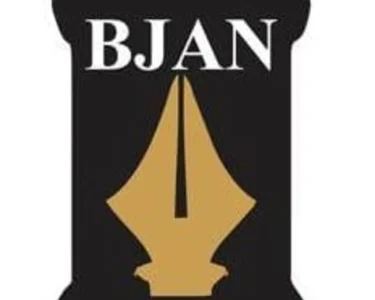With digital technology believed to peak with AI -revolution – a single transformative wave of artificial intelligence, alas the digital progress pushes beyond AI and continues to evolve. Emergence of the Internet of Things (IoT), a hyper-connected environment interlinking every device, process, and system, elevates AI into a seamless web of real-time intelligent interactions reshaping how organisations operate, manage resources, and interact with their environment.
As companies adapt to this new advanced interconnected AI, the “smart organisation” concept emerges—leveraging IoT technologies to streamline operations, optimise performance, and foster innovation.
Understanding IoT in the Business Context
IoT, described as interconnected physical devices equipped with sensors, software, and technologies that collect and exchange data, is reshaping the modern business landscape into one big data-driven ecosystem. From smart thermostats in offices to wearables tracking employee health and productivity, IoT enables organisations to ethically gather vast amounts of real-time data for informed decision-making.
Some of the key characteristics include:
- Automation: IoT enables automated processes by responding to data in real-time, reducing manual interventions and errors.
- Efficiency: Real-time insights into operational performance help identify inefficiencies and streamline processes.
- Connectivity: IoT connects devices across departments, supporting better collaboration and decision-making.
- Scalable: IoT features a scalable mechanism allowing adaptation to changing needs and expanding system’s capabilities as technology advances.
Restructuring Organisational Models: The Role of IoT
IoT is reshaping traditional organisational structures, making them more flexible, decentralised, and data-driven. Key changes include:
- Decentralised Decision-Making: IoT democratises data access, allowing employees to make faster decisions based on real-time information.
- Flattening of Hierarchies: As organisations become more data-driven, the need for multiple management layers decreases.
- Enhanced Collaboration and Communication: IoT- enabled devices facilitate seamless collaboration across departments and locations.
These shifts foster agility, collaboration, and customer focus—key traits of smart organizations.
IoT Applications in Smart Organizations in Nigeria
IoT is gaining momentum in a variety of industries within Nigeria, greatly improving efficiency, decision-making, and innovation.
- Agriculture: IoT in agriculture unleashes precise farming. Companies like FarmCrowdy and Hello Tractor deploy IoT in crop monitoring, irrigation, and machinery access to improve productivity and resource utilization.
- Banking: In the area of banking, IoT enhances ATM operations and predictive maintenance. Access Bank and GTBank are already utilizing this device for infrastructure monitoring to achieve better service reliability.
- Healthcare: IoT now allows the monitoring of patients from other locations and also offers efficient management of hospitals. Reliance Health and LUTH make use of IoT in monitoring the health of patients and managing available resources within hospitals for better care.
- Manufacturing: IoT enhances manufacturing through predictive maintenance and optimization of the supply chain. Companies like Dangote Group and Olam Nigeria use IoT to enhance production efficiency and inventory management.
Challenges and Considerations for IoT Adoption
While IoT offers opportunities, it also presents challenges.
- Data Security and Privacy: Protecting data from cyber threats is crucial as IoT devices collect vast amounts of information.
- Integration with Existing Systems: Integrating IoT with existing IT infrastructure can be challenging and requires investment in new technologies.
- Cost of Implementation: Initial costs of IoT infrastructure can be high, including devices, installation, software, and maintenance.
Despite these challenges, the benefits of IoT for smart organizations outweigh the risks.
The Future of Smart Organizations
As IoT technology evolves, its impact on organisational structures will grow. Future trends would include more autonomous systems powered by AI and machine learning working alongside IoT devices. The rise of 5G networks will enable faster communication between IoT devices, driving the next wave of business transformation.
Conclusion
IoT is transforming organisational structures, making operations smarter, more efficient, and more agile. By decentralizing decision-making, flattening hierarchies, and fostering collaboration, IoT enables smart organisations to thrive in a competitive business environment. Embracing IoT technologies allows organizations to lead in the digital age, despite challenges like data security and integration.
By Omo Olatoye, Regional HR International Youth Federation
She has over 15 years leading business transformation process, focus on deploying strategic HR projects and leveraging data analytics to drive organisational initiatives.





